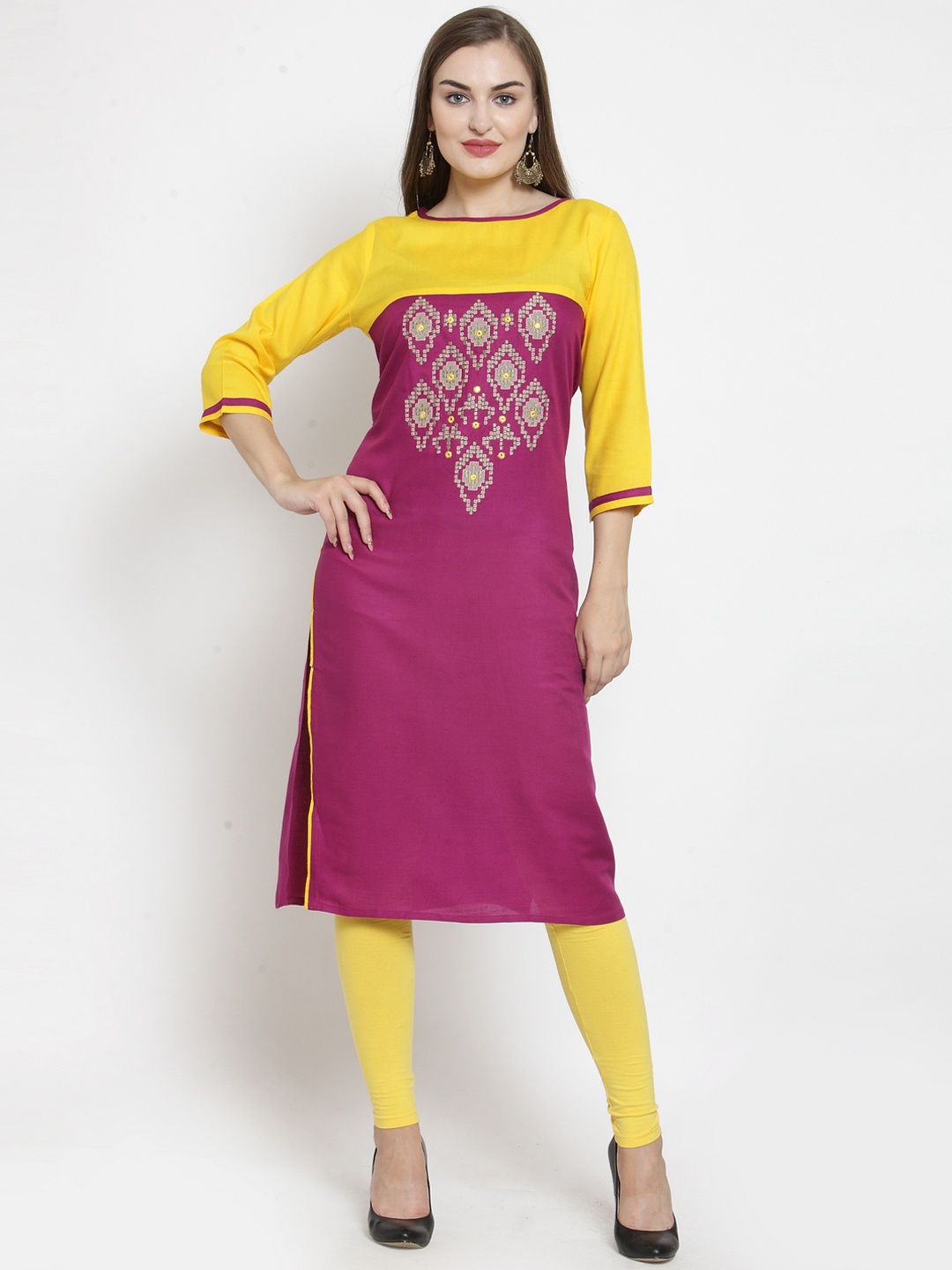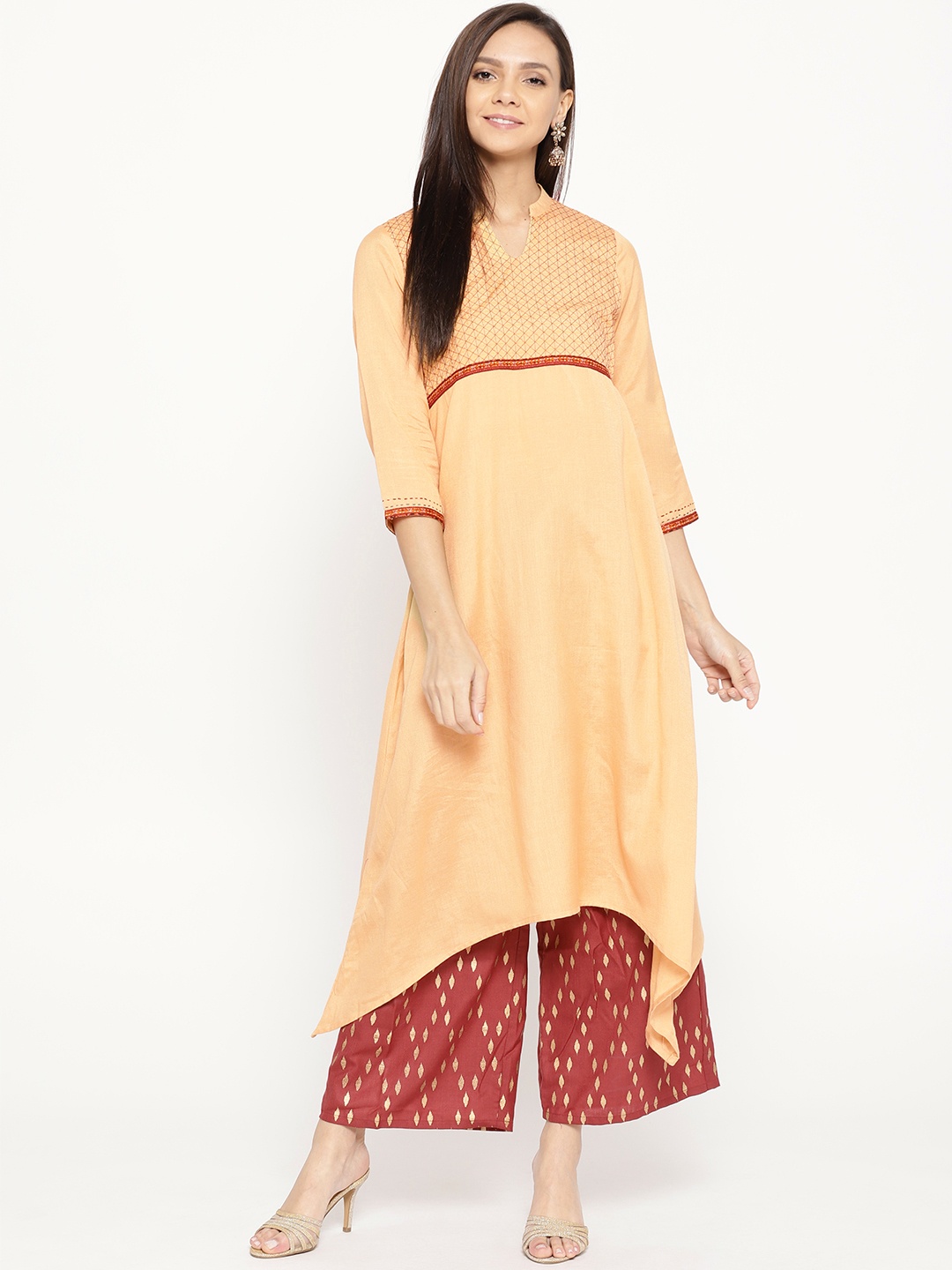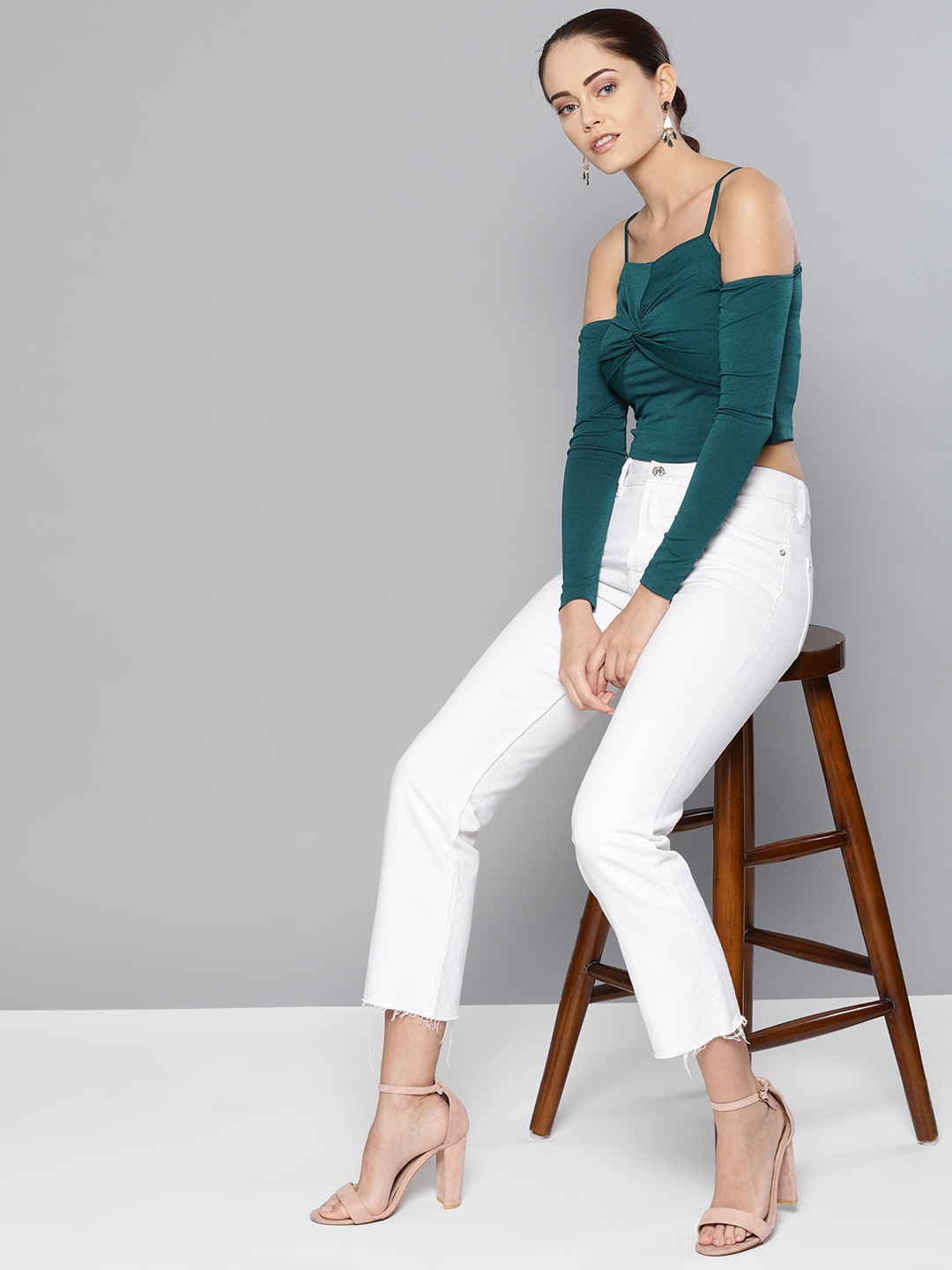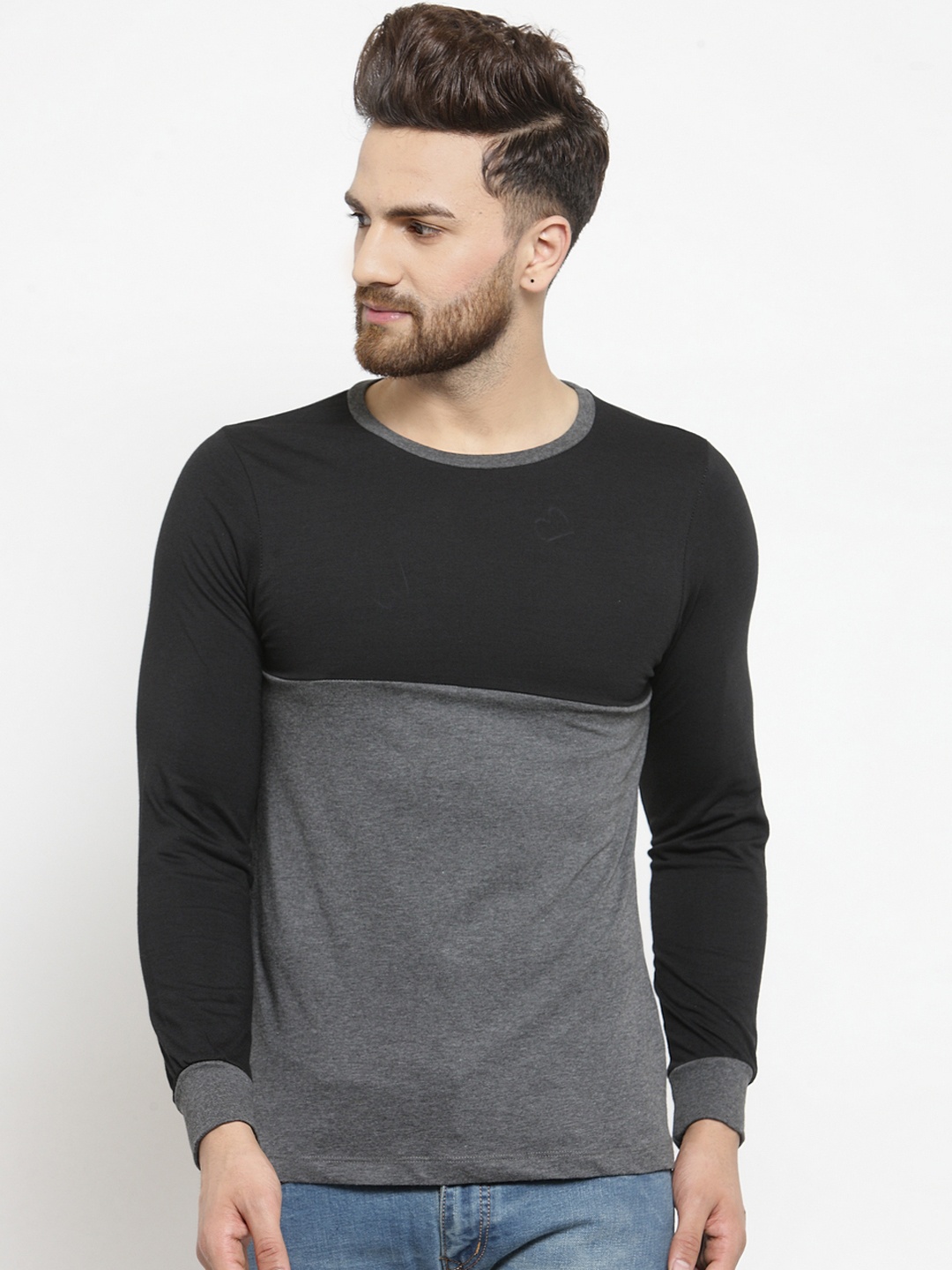Why Your Rubber Slides Might Be Ruining Your Posture And Which Ones Are Better
Those comfy rubber slides you wear every day? They might be doing more harm than good. This is a closer look at how your favourite footwear could be messing with your spine, and what to slip into instead.

Save Your Spine: Ditch Harmful Rubber Slides! Opt For Ergonomically Designed Footwear
There's something oddly comforting about sliding your feet into a pair of rubber slides. Whether it's after a long day at work, a lazy weekend at home, or a quick dash to the market, they're always there, waiting like loyal foot soldiers. But as it turns out, that convenience may come at a cost. Beneath the soft, squishy surface, many of these slides are quietly waging war on your posture.
This isn't a scare tactic, it's a gentle nudge to start paying closer attention to what supports your body every single day. In a country where walking barefoot indoors is common and chappals are a cultural staple, it's easy to overlook how our footwear choices shape the health of our feet, knees, and spine.
Let's take a stroll (perhaps not in rubber slides) and unpack why this popular footwear might be dragging you down, and what alternatives offer the right kind of lift.

Bad Slides, Bad Back? Your rubber slides may secretly sabotage posture; discover better, supportive alternatives now; Photo Credit: Pexels
1. Lack of Arch Support: The Silent Culprit Behind Slouching
Most rubber slides come with a completely flat footbed. No dips, no curves, just a straight slab of rubber. While that may feel cushiony at first, it does little to support the natural arch of the foot. Over time, the absence of arch support can throw off the alignment of your entire body.
A proper arch acts like a shock absorber. Without it, the body tries to compensate by adjusting posture, often resulting in slouched shoulders, bent knees, or even a tilted pelvis. The domino effect is real. Think of it like trying to balance a tower of clay pots on a wobbly base. Eventually, something's going to crack.
This is especially worrying for students, office-goers, and homemakers who often stand or walk around all day. Add hard tiles and concrete into the mix, and the strain multiplies. Your back may start hurting, but the root cause might just be your choice of slides.
2. Too Much Flexibility: Floppy Soles, Wobbly Steps
Ever noticed how some rubber slides fold almost like paper when bent? That's because they lack structure. While flexibility sounds like a good thing, in footwear, too much of it can spell trouble.
Imagine walking across uneven pavement wearing something that offers no resistance. Your feet are constantly adjusting, working overtime to stay balanced. This micro-instability might not feel dramatic, but it chips away at your posture. You start walking differently, maybe shorter steps, more inward rolls of the ankles, or even a strange shift in how your toes grip.
This kind of misalignment can gradually affect your knees and hips. And let's be honest, nobody wants a walk that resembles a baby giraffe learning to stand. Stable soles may not look as stylish or casual, but they offer the reliable foundation your body needs.
Also Read: Ultimate Comfort: Top Men's Slides Under ₹500 for Everyday Style and Relaxation
3. Poor Heel Cushioning: Back Pain's Best Friend
That sharp jab of pain you feel after standing for hours or walking long distances? It could be from a lack of proper heel cushioning. Most cheap rubber slides are made from basic EVA foam that compresses easily and loses shape quickly. It feels great on day one, less so after week three.
The heel is where most of the body's weight lands when walking. Without adequate cushioning, every step sends shockwaves up your legs, into your spine. Over time, this repetitive impact strains your lower back, which is already under constant pressure thanks to long commutes, heavy bags, or just standing in queues.
If your slides feel flat and thin underfoot, or if you can see the outline of your heel in the sole, it's time to retire them. A little investment in better cushioning today could save you trips to the physiotherapist tomorrow.
4. One-Size-Fits-All Fit: A Misfit for Most Feet
Walk into any street shop and chances are the slides come in vague sizes, ‘6-7' or ‘8-9'. While convenient, these general sizes don't account for individual foot width, arch shape, or heel structure. For people with flat feet, wide feet, or high arches, a poorly fitting slide is a recipe for discomfort.
Slides that are too tight can pinch or cause blisters, while those that are too loose force your toes to grip unnaturally to keep them on. This constant toe-curling alters your natural gait and increases strain on the foot muscles. Before long, it's not just your feet protesting, but your back too.
Footwear isn't just about length. It's about fit, structure, and function. A misfit slide might be cheap, but it comes with a hidden cost to your well-being.

Posture Peril: Those comfy rubber slides could be wrecking your alignment. Find the right supportive footwear; Photo Credit: Pexels
5. No Toe Support: When Your Footwear Can't Keep Up
Slides with open fronts and no straps over the toes are essentially sandals that let your feet do all the work. Each step demands a small, repetitive clenching motion from your toes just to keep the slide on. Multiply that by hundreds of steps a day, and you've got tired feet and misused muscles.
This gripping habit might seem harmless but it alters your natural walking rhythm. Over time, it causes strain in unexpected places, like your calves, thighs, and lower back. You might even start noticing calluses or cramps that weren't there before.
Our feet weren't designed to constantly hold on to shoes like they're on a rollercoaster ride. They're meant to relax into each step. Slides with better toe support or a secure fit can save your toes, and your posture, from unnecessary effort.
6. Style Over Substance: When Looks Trump Function
In a world of trendy Instagram reels and viral fashion, slides have become a style symbol. With glittery designs, quirky logos, and celebrity endorsements, it's easy to get swept up by what's cool rather than what's comfortable.
But good looks don't always mean good health. Many fashionable rubber slides lack basic features like arch support or grip, and are often made with cheap materials that wear out fast. And while they might make you feel ‘on fleek' for a selfie, your back might not be as thrilled.
The key is to strike a balance. There are brands now offering stylish slides with ergonomic soles, breathable fabrics, and arch-enhancing technology. It's possible to have both fashion and function; you just need to choose wisely.
7. Cheap Materials: Your Feet Deserve Better
Most mass-market rubber slides are made from low-grade materials like PVC or cheap EVA foam. These don't last, don't breathe, and don't support your feet well. Ever noticed that sweaty, sticky feeling after wearing slides all day? That's poor material quality at play.
Inferior rubber doesn't just feel uncomfortable, it also doesn't hold its shape. So the support you had when you first bought the slides fades quickly, leaving you walking on a flattened, unsupportive sole. This increases stress on your feet, leading to discomfort and misalignment.
Think of it like sleeping on a lumpy old mattress. Would you risk your spine for a saving of ₹300? Probably not. Your footwear should be treated with the same care. Choose quality over quantity; your feet will thank you for it.

Slide Into Slouching? Unsupportive rubber slides are harming your posture. Upgrade to chiropractor-approved options; Photo Credit: Pexels
8. No Grip, All Slip: The Hidden Hazard
Have you ever slipped in your own house while wearing slides? It's more common than you think. Most rubber slides have minimal tread or grip, especially the flatter ones sold at roadside stalls. Add water, smooth tiles, or monsoon mud, and you've got a perfect recipe for a slip-and-fall disaster.
Aside from bruises and embarrassment, slipping often leads to unconscious changes in walking patterns. You might start walking more cautiously, favouring one side or keeping your knees slightly bent. Over time, this guarded gait can lead to imbalances and back pain.
Footwear with good grip, think anti-skid soles or textured rubber, can dramatically reduce the risk of slipping. And when you walk confidently, your posture improves naturally. Grip isn't just about safety, it's about stability too.
9. Wearing Slides All Day: Convenience with Consequences
Slides were never designed for all-day wear. Yet, many people use them as their go-to footwear for everything, house chores, grocery runs, even long walks. While convenient, this overuse is a big reason posture problems are on the rise.
Slides don't offer the same structure or support as walking shoes. Using them for prolonged periods puts unnecessary pressure on muscles and joints. That dull ache in your heels after a full day in slides? That's your body asking for better support.
A good rule of thumb: if your daily routine includes lots of walking or standing, opt for ergonomically designed footwear. Keep your slides for quick, short tasks, not for marathons at the vegetable market.
10. Better Alternatives: Comfort That Supports You
Not all slides are bad. Some are designed with thoughtful features like contoured footbeds, memory foam soles, arch support, and adjustable straps. Look for brands that focus on comfort, not just colour.
Alternatively, consider supportive sandals or recovery footwear made for post-sport relaxation. These options combine the ease of slides with the support of shoes. Orthopaedic brands have also started designing stylish options that don't scream 'hospital'.
And if budget is a concern, there are affordable options under ₹1000 that tick all the right boxes, arch support, heel cushioning and durable grip. A small switch can bring huge comfort.
Remember, your feet carry your entire body. Treat them like they matter.
Products Related To This Article
1. ARVAN Men Slides
2. action Men Slides
3. Bootco Women Slides
4. Global India Women Slides
5. PUMA Popcat 20 RES Men Slides
6. Neemans Men Slides
7. Bootco Women Slides
Rubber slides are like that friend who means well but ends up causing trouble. Comfortable? Absolutely. Convenient? No doubt. But ideal for posture and long-term foot health? Not quite.
If you're wearing slides daily, take a moment to check how your feet feel after a full day. Are they sore? Is your back stiff? That could be your cue to make a change.
Good posture starts from the ground up. It's not just about sitting straight or standing tall, it's about what you're standing on. Choose footwear that respects your body, supports your steps, and lasts longer than the latest trend. Your spine and your future self will thank you. Shop Now On Flipkart.
Disclaimer: The images used in this article are for illustration purpose only. They may not be an exact representation of the products, categories and brands listed in this article.

























